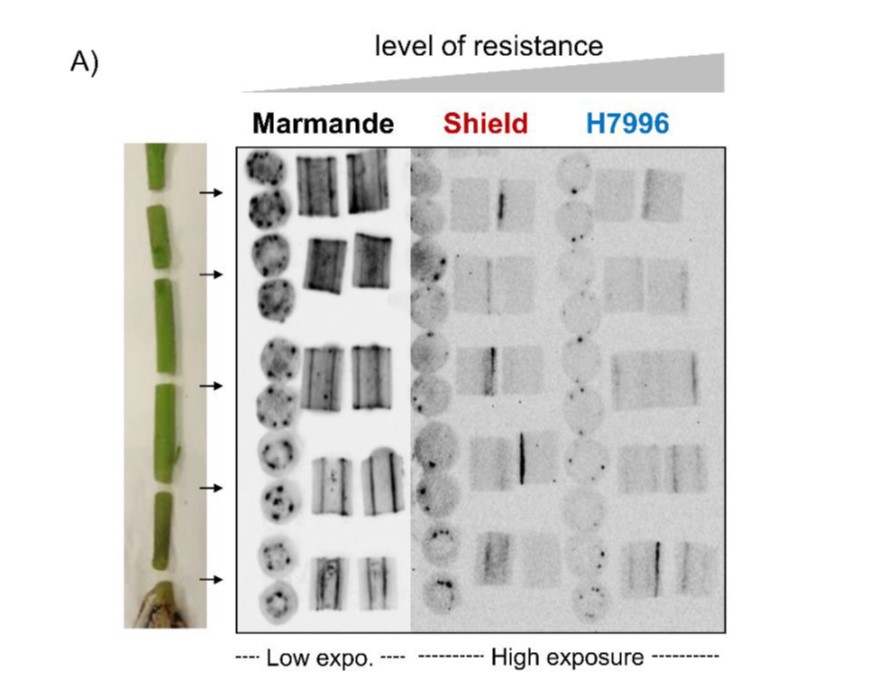
Resistant tomato restricts colonization and invasion by the pathogen Ralstonia solanacearum at four organismal levels (J Exp Bot)
Plant Science Research WeeklyRalstonia solanacearum is a pathogenic bacterium that infects many important crop species, including tomato. Following invasion into the roots, the bacteria move upwards into the shoot and cause dramatic wilting. Previous studies have identified moderately and highly resistant lines. Here, Planas-Marquès…
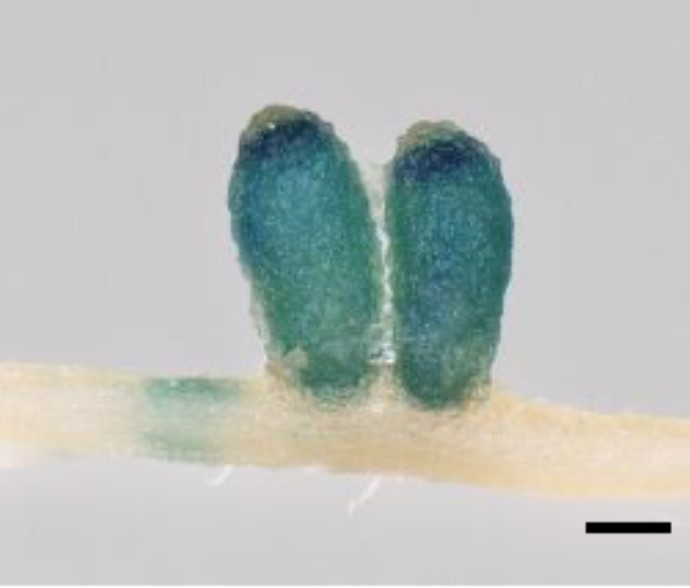
Medicago-Sinorhizobium-Ralstonia co-infection reveals legume nodules as pathogen confined infection sites developing weak defenses (Curr. Biol.)
Plant Science Research WeeklyThe pathogenic bacterium Ralstonia solanacearum enters roots through wounds and also at root tips. It can also infect legume nodules. Benezech et al. investigated how this infection occurs, and how it is affected by and affects nitrogen fixation. The authors found that nodules are as permissive of Ralstonia…

Opinion. A return to the wild: Root exudates and food security (Trends Plant Sci)
Plant Science Research WeeklyMy dog is a fantastic companion, but it’s obvious he could never fend for himself; domestication has eliminated his ancestral survival skills. Likewise, most crop plants thrive under human care, but have lost many of the traits that would help them survive in harsh conditions. Preece and Peñuelas…

Review: Surface sensor systems in plant immunity (Plant Physiol)
Plant Science Research WeeklyThe first line of defense is detection. Plants have numerous cell-surface receptor proteins (Pattern Recognition Receptors, PRRs) that recognize potentially harmful pathogens as well as endogenous molecules that suggest damage, known as Damage Associated Molecular Patterns or DAMPS and phytocytokines…
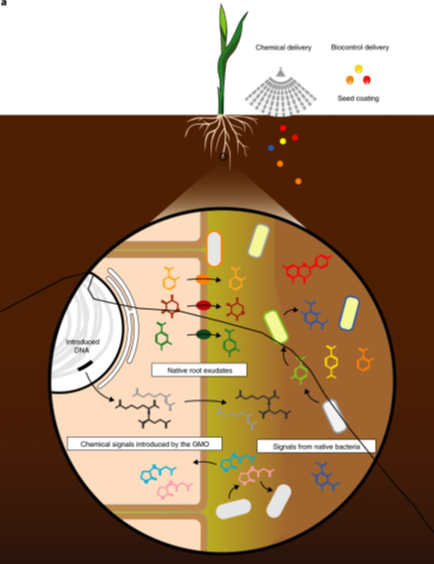
Control of nitrogen fixation in bacteria that associate with cereals (Nature Microbiol)
Plant Science Research WeeklyLegumes benefit from mutualistic symbioses with Rhizobia bacteria, which are induced to fix nitrogen when inside of the nodules produced by the plant. Cereals also associate with Rhizobia, but without nodules they don’t fix nitrogen. Ryu et al. set out to engineer inducible nitrogenase activity in…
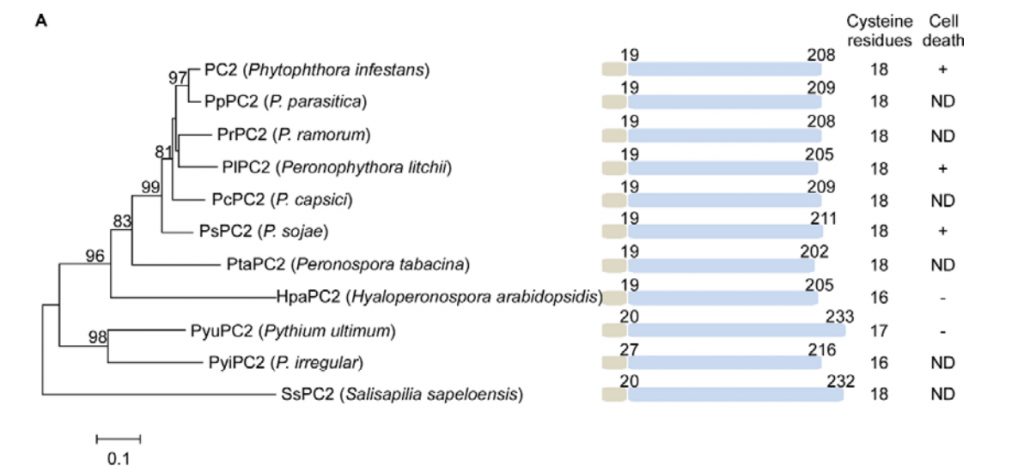
Cleavage of a pathogen apoplastic protein by plant subtilases activates immunity
Plant Science Research WeeklyPlant-pathogen interactions are shaped by a dynamic signaling crosstalk that often leads to an arms-race between plants and pathogens. The initial pathogenic invasion starts in the apoplast, which serves as a major battlefield. This extracellular space is a harsh environment enriched with hydrolytic…
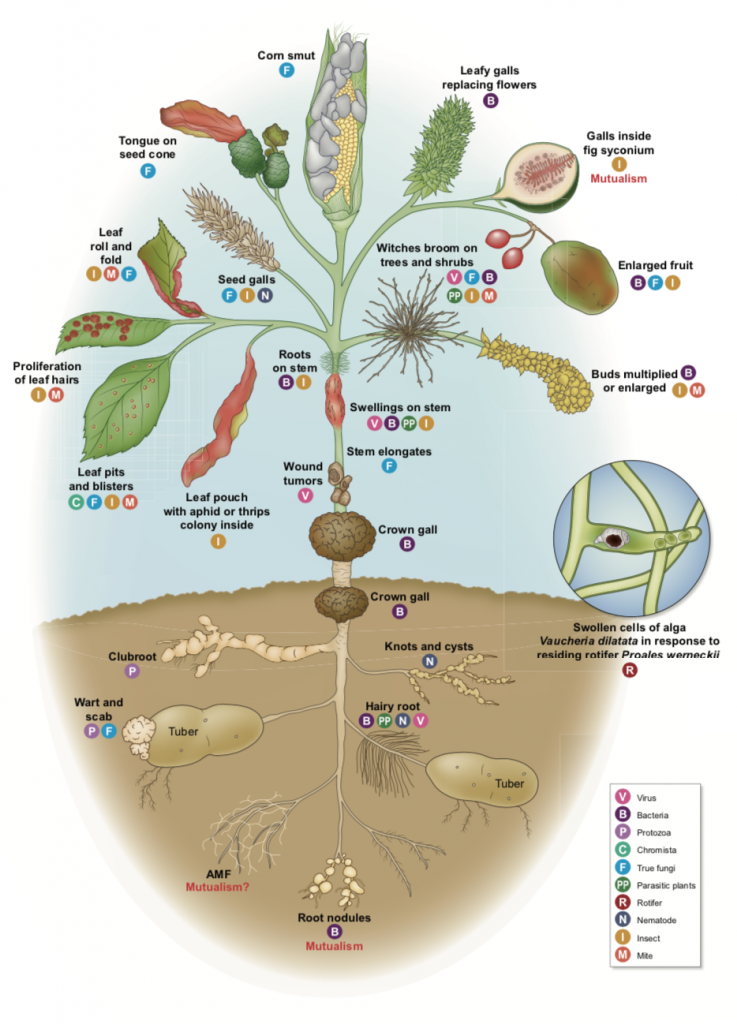
Plants make galls to accommodate foreigners: some are friends most are foes (New Phytol)
Plant Science Research WeeklyGall formation by plants is a commonly-seen phenomenon that occurs in response to foreign entities (here called “gall-inducers”) such as viruses, bacteria, fungi, nematodes, etc. In this review Harris and Pitzschke set out criteria for what is and is not a gall; by definition the gall is a developmental…
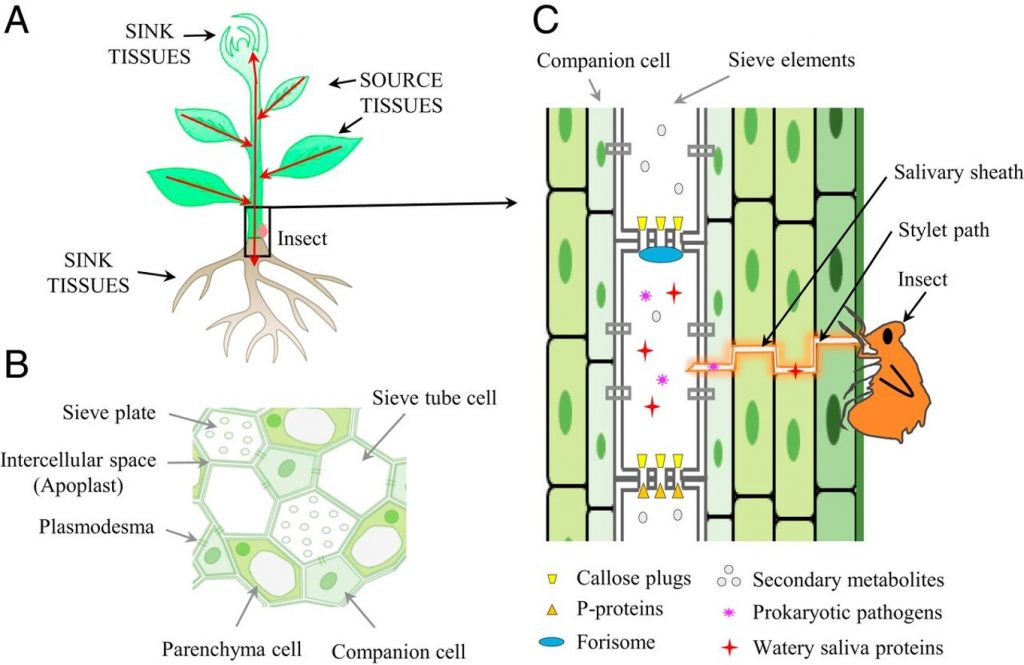
Perspective: Challenging battles of plants with phloem-feeding insects and prokaryotic pathogens (PNAS)
Plant Science Research WeeklyMuch of our understanding of plant defense response is built upon the responses that occur in leaves. Many pathogens colonize the phloem system, which is both nutrient-rich and provides an easy conduit for spreading through systemically through the plant body. These phloem-inhabiting prokaryotic pathogens…
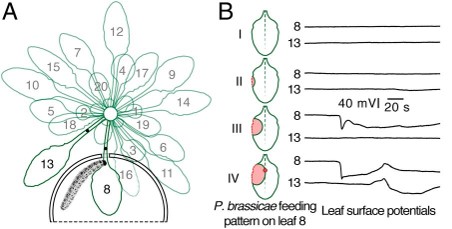
Insect-damaged Arabidopsis moves like wounded Mimosa pudica (PNAS)
Plant Science Research WeeklyStroking leaves of the sensitive plant Mimosa pudica causes them to fold inwards, but when touched more aggressively the leaf petioles and petioles of distal untouched leaves collapse dramatically downwards (as seen in this video); the propagating electrical signal is called the slow wave potential.…

